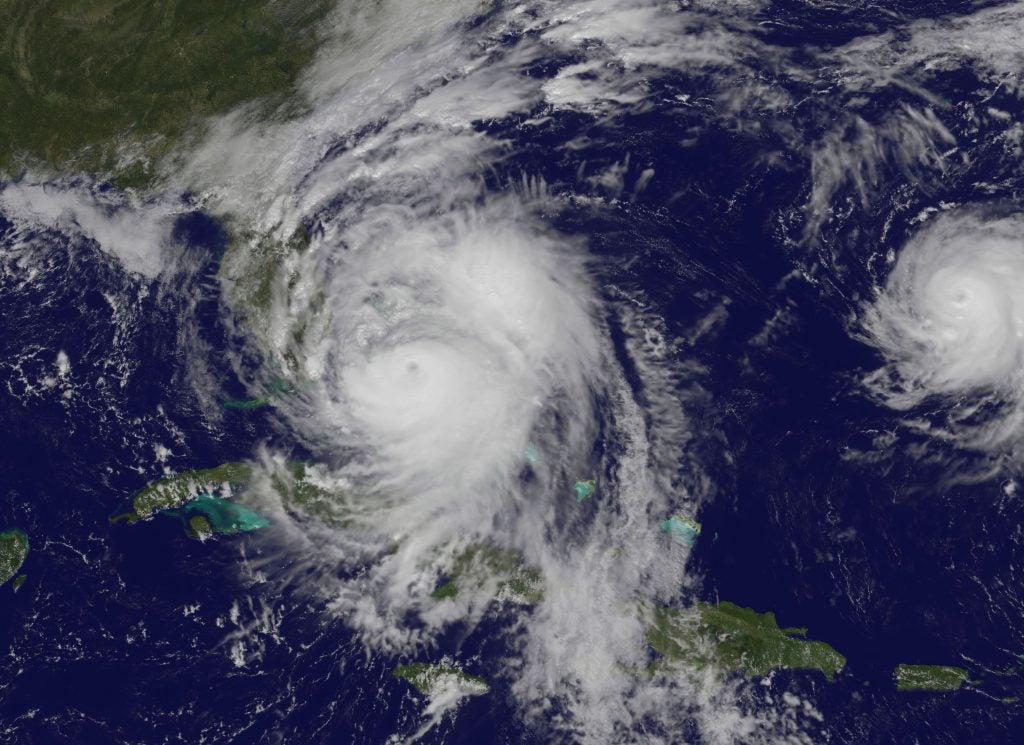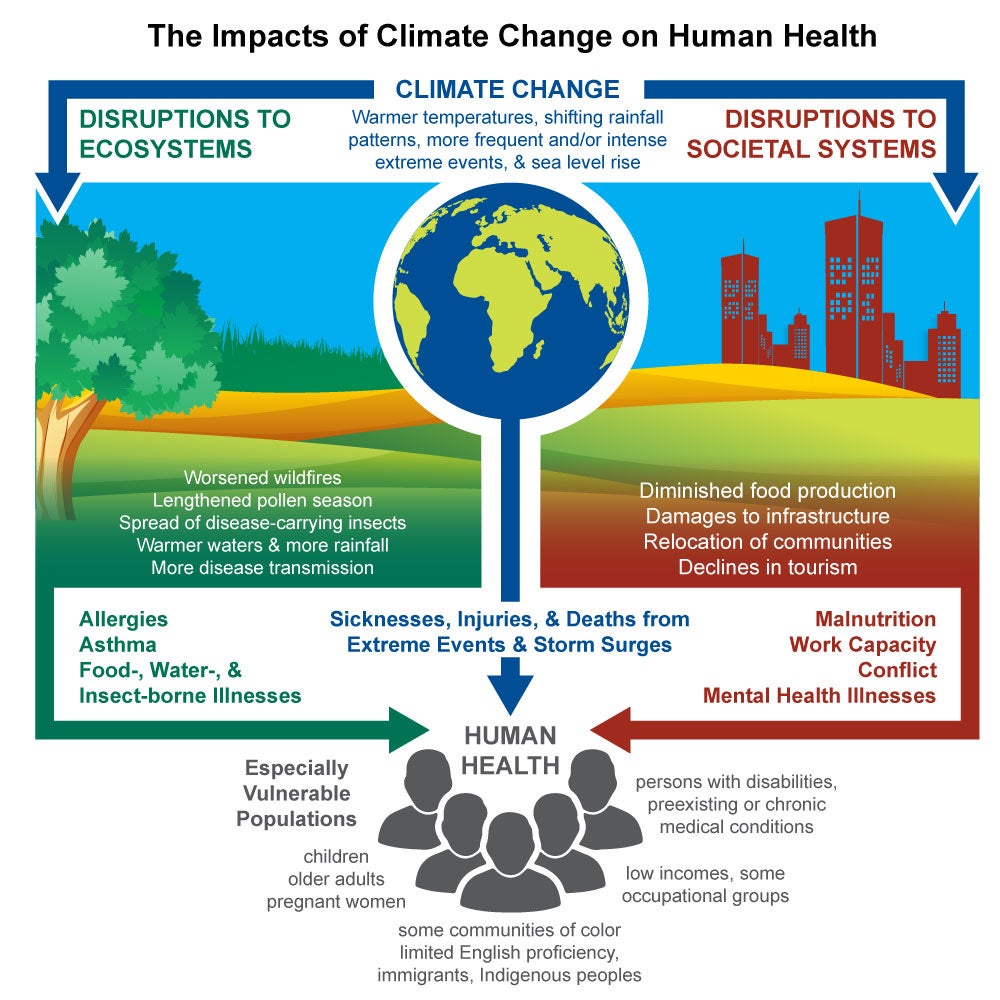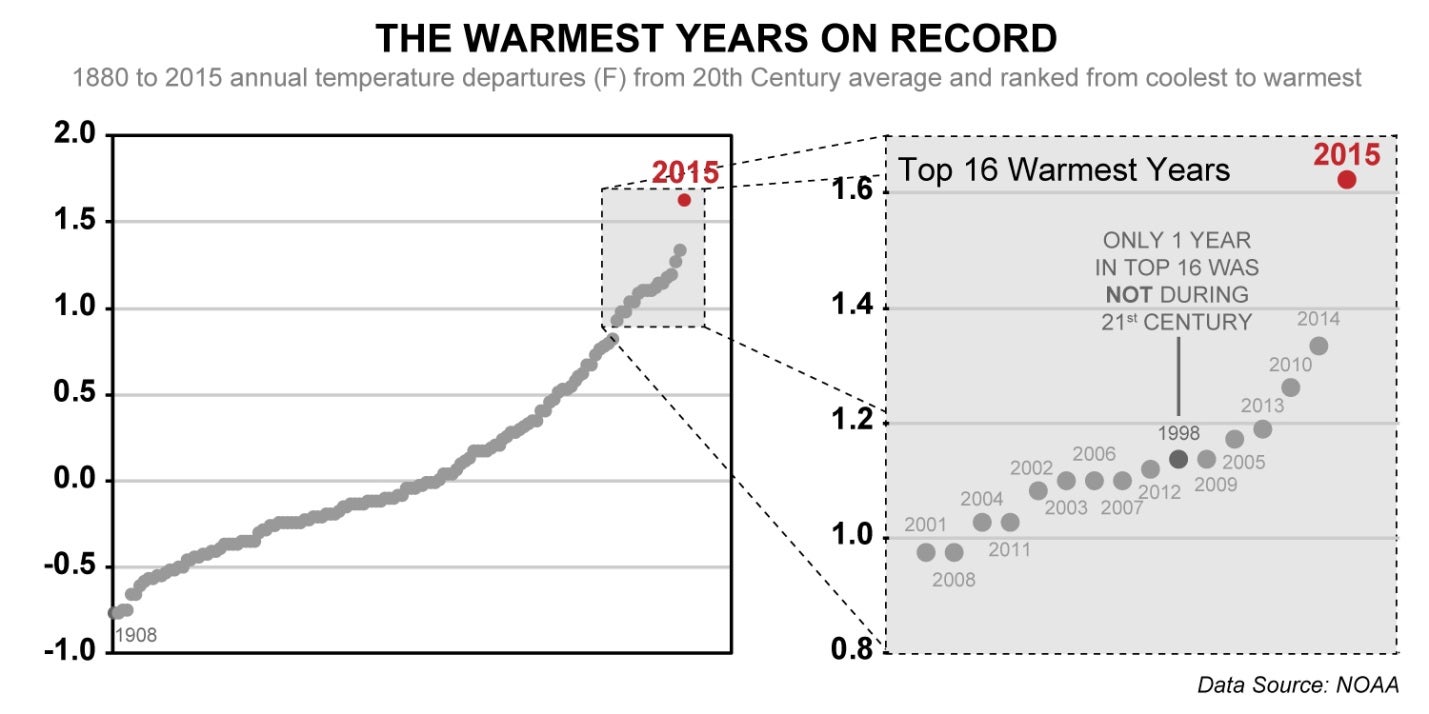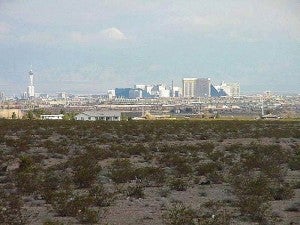
In 2012, Hurricane Sandy brought 14-feet storm surges to the unprotected New Jersey shore and billions in damages. Photo: State of New Jersey
As you’ve probably heard by now, President Trump has replaced the Obama administration’s Climate and Energy web page with a new one that reiterates our 45th president’s promise to tear down the Climate Action Plan and expand our reliance on fossil fuels.
What you may not know is that this 180-degree policy shift will also undermine efforts to prepare for climate change disasters that are already upon us – at a great cost to public safety and our nation’s economy.
By rescinding Obama’s plan for turning the corner on climate change – in which a main pillar was to prepare the United States for its impacts – President Trump would make it harder for:
- businesses to manage extreme weather-related disruptions to their supply chains
- infrastructure developers to account for changes in extreme weather and coastal flooding from sea level rise, and to be able to withstand climate surprises
- farmers to become adept at managing continually changing precipitation patterns
- states to manage their water resource operations more effectively
- state and local emergency preparedness personnel to effectively manage safety risks
In 2016 alone, the hottest year on record, we experienced no fewer than 15 weather and climate change-related disasters – at a total cost of $46 billion in damages.
Storms and other such climate disasters with costs exceeding $1 billion have increased in the U.S. over the last 37 years. These are hard dollar facts nobody can deny.
Economically responsible leaders today continue to build resilience in the face of a changing climate. Critical elements of our society – including businesses, infrastructure, agriculture, and essential water resources – depend on such action.
Keeping citizens safe
I watched President Trump express his condolences to the families who lost loved ones to the severe weather in the South in late January. But we can do more than just express empathy when American communities are torn apart by disasters.
We can also mitigate such disasters by improving our resilience to climate change and by advocating for climate-smart policies.
One of the most important ways to increase our preparedness for extreme climate events is to continually improve and refine our understanding of how climate variability and change is linked to extreme weather.
Obama’s Climate Action Plan aimed to do just that by helping federal climate science research break new ground and continue to advance our understanding of impacts from both short-term climate anomalies – such as how El Niño and La Niña affect severe weather – and from impacts related to warming caused by greenhouse gas emissions.
Throwing out the this plan is not how we protect the safety of our citizens, which, after all, should be the primary goal of any administration and the first way to keep America great.














